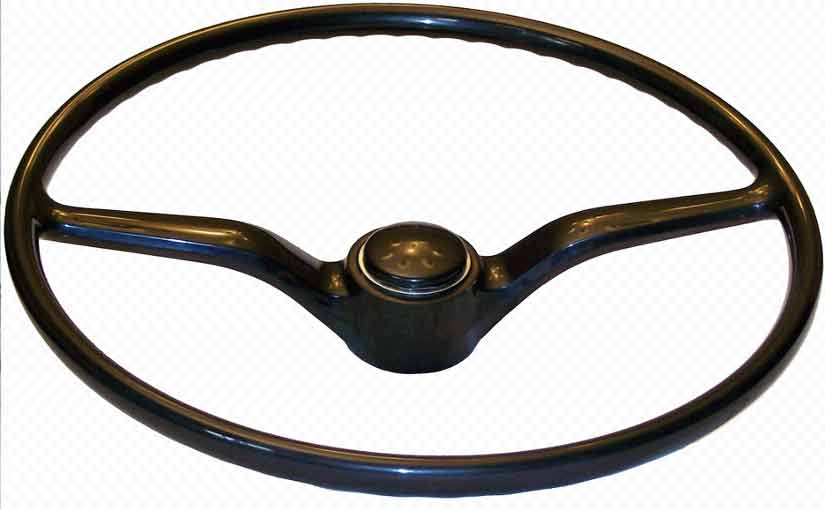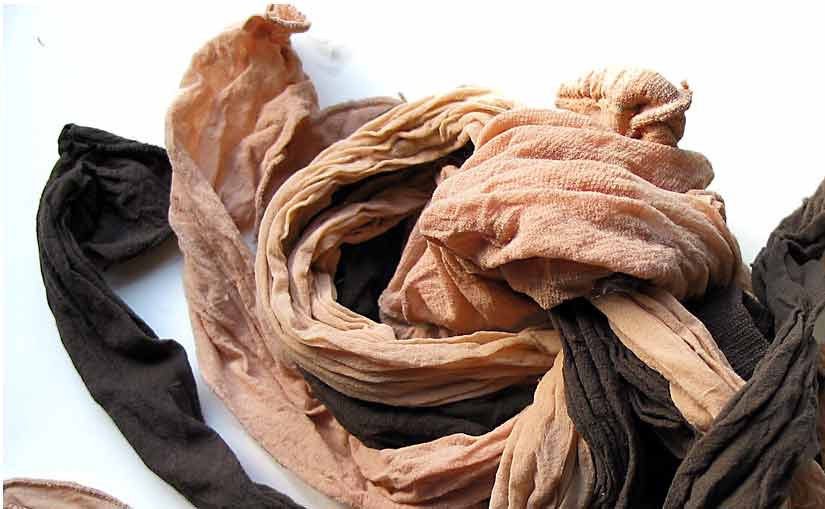This article is going to give the consumer some insight on how to go about fixing and preventing raised mound wet spots?
How do you start your day? Do you wake up in the morning and go to your yard and check for raised mound wet spots? Seriously, Well, if you do this every single day, you really need to have a talk with your septic expert. This is a nasty habit to develop because it takes away the joy in living. You have to know the methods in fixing and preventing raised mound wet spots if you want a normal start of having breakfast first instead of tending to your raised mound in the morning. What are the methods in fixing and preventing raised mound wet spots?
Raised mound wet spots occur because of the erratic conditions in your raised mound system. The wet spots are the untreated wastewater that spring up because it has nowhere else to go. Your septic expert agreed to discuss with you the basic causes of raised mound wet spots and the corresponding fixes and preventions for them:
1) Blocked system
Your raised mound wet spots can be brought about by a blocked system. The known blockages are caused by high water load, dumping of grease, and dumping of non-biodegradable materials. High water load is caused by heavy rainfall and heavy wash batches from the dishwasher and the washing machine. You have to talk to your septic expert about having a dry well to collect the grey water. Some homeowners argue that they have their garbage disposal units, that’s why they can dump what they want into the system. What they don’t realize is that the substances they throw in cannot be degraded by the resident bacteria in the raised mound’s tank. These compounds just stay in the tank and get dispersed throughout the system and block it. Stop doing this and you will not have any problems with wet spots at all.
2) Damaged components
Some vital components in your raised mound can incur damages though deterioration, soil compaction, or hardwood root invasion. Old age can really cause damage in the physical components of the raised mound. You should have your raised mound inspected so that you will know what to expect with regard to its longevity. Soil compaction is also a major cause of physical damage in raised mounds. Heavy structures and vehicles placed over the raise mound system crush septic system components. Hardwood roots invade various parts of the raised mound and this results to cracks and gaps as well. If the raised mound system parts are damaged by either one of the given caused, have your septic expert replace the affected parts because this would eliminate the cracks and gaps that produce leaks. When leaks come about, the wastewater backs up or overflows.
3) Neglect
Neglect is the simple discontinuation of pumping out treatments that are kept at a regular basis. Having a regular pump out treatment really makes your raised mound smooth-running. You have to always keep the sludge level at normal levels and this can only be accomplished through regular pump outs. Discuss the living situation with your septic expert so that you will both know the exact frequency of the pump outs. It only costs 75 – 300 USD to have your raised mound pumped out. It can be every three or two years. A yearly pump out is needed for those who have large households.
4) Bacteria die off
You should see to it that the bacteria in your raised mound system are well taken care of. See to it that you don’t use antibacterial solutions or strong chemicals in cleaning the home. These compounds kill the bacteria and corrode the physical components of the raise mound. Stop using these products if you want to be clear of the raised mound wet spots in your yard.
The raised mound system’s care is one of your biggest responsibilities. You have to make sure that you do this so that you could finally say good riddance to those nasty raised mound wet spots. Fixing and preventing raised mound wet spots is a preventive maintenance program that every homeowner should adhere to.



